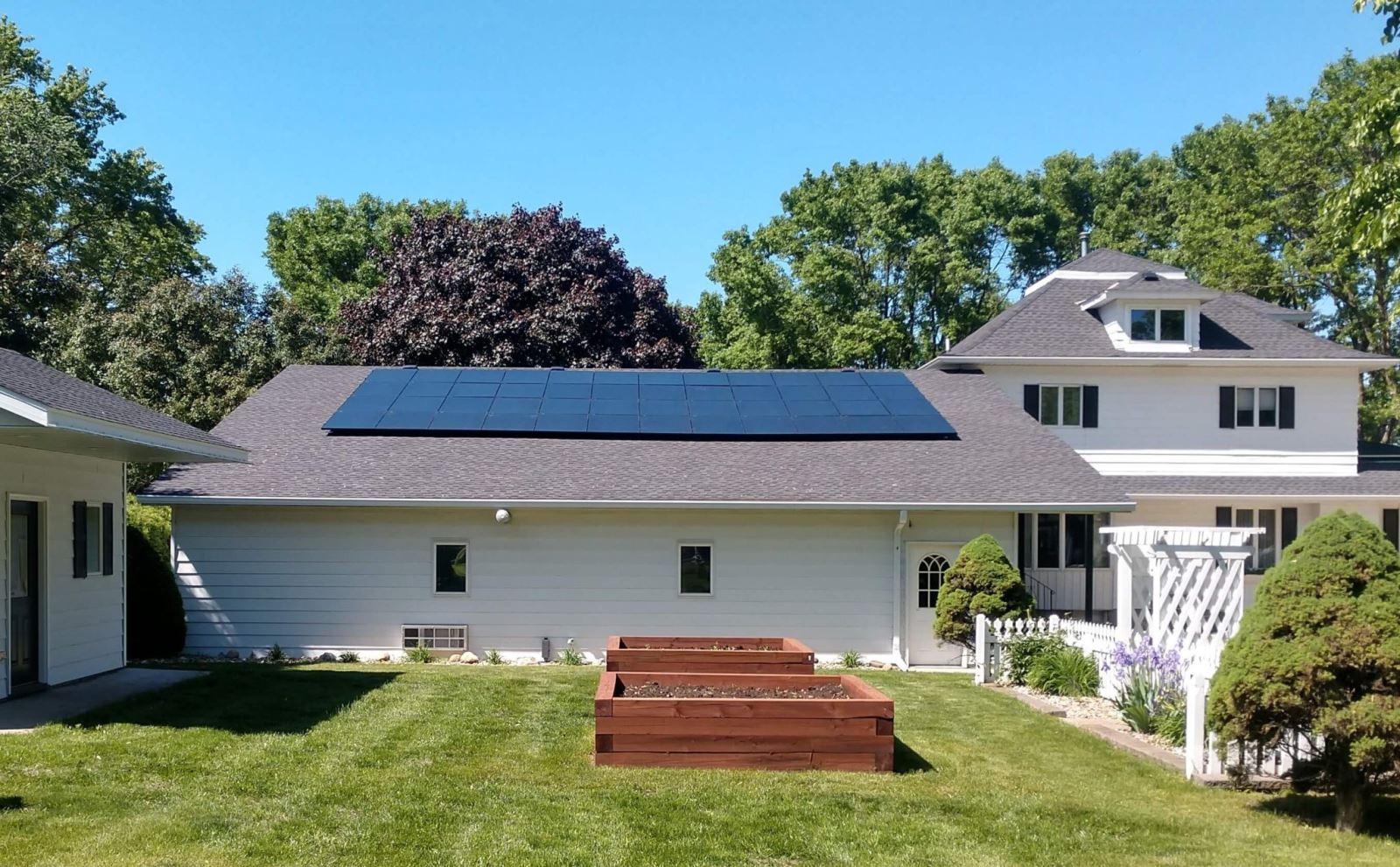Iowans can soon unlock electrification & efficiency dollars with IRA home energy rebates

posted
on Thursday, January 25, 2024
in
Energy News
The State of Iowa can now submit its application for the Home Energy Rebate programs, created through the Inflation Reduction Act (IRA), following the release of program and application guidance by the Department of Energy (DOE) this summer. Four states — California, Hawaii, New Mexico, and New York — recently applied and were the first to submit funding applications for the program. A substantial fund of nearly $8.8 billion has been allocated for Home Energy Rebates nationally, which comprise both the Home Electrification and Appliance Rebates (HEAR) and the Home Efficiency Rebates (HER).
Iowa will have a combined $120 million available to the state through the Home Energy Rebates, with around $60 million earmarked towards each program. According to the Iowa Energy Office, Iowans can expect these rebates to be available in mid-2024. In addition to these dollars, the state expects to receive just over $2 million to cultivate a diverse local workforce to deliver these newly created programs. These rebates will put money directly back into the hands of Iowa households.
Home Electrification and Appliance Rebates (HEAR)
The HEAR program, formerly known as the High-Efficiency Electric Home Rebates (HEEHRA) Program, will offer point-of-sale rebates off the cost of qualified energy efficiency and electrification projects, helping lower upfront costs and make these upgrades more attainable for customers. HEAR is dedicated to assisting low-income and historically underserved households in electrifying and weatherizing their homes. As states develop their programs, a key recommendation is to prioritize beneficial electrification, especially for households facing the highest energy burdens.
HEAR is geared towards low- and moderate-income (LMI) households. The program covers 100 percent of qualified project costs for low-income households and 50 percent of costs for moderate-income households; up to $14,000 per household. Moderate income households must fall below 150% of the area median income (AMI) to be considered eligible, and low-income households must not exceed 80% AMI. The IRA Savings Calculator provided by Rewiring America can be used to enter household data and estimate potential savings.
Qualified electrification projects include heat pump HVAC systems (assessment required), heat pump water heaters, electric stoves and cooktops, heat pump clothes dryers, and enabling measures such as upgrading circuit panels, insulation, air sealing, ventilation, and wiring.
This program will be available to homeowners and renters alike, with owners of multifamily units also eligible if at least 50% of residents are low to moderate income. While this program technically became active on January 1, 2023, HEAR funds will not be offered retroactively — meaning that if you complete a project before the state launches its program, you will not be eligible to receive payment.

Home Efficiency Rebates (HER)
Home Efficiency Rebates (HER), formerly termed the Home Energy Performance-Based, Whole-House (HOMES) Rebate Programs will feature tiered incentives for consumers based on two different pathways to home performance: modeled energy savings and measured energy savings. The incentive structure is as follows:
- Retrofits projecting energy savings of 35 percent or more: The lesser of $4,000 or 50 percent of project costs.
- Retrofits projecting energy savings of 20-34 percent: The lesser of $2,000 or 50 percent of project costs.
- Retrofits with measured energy savings of 15 percent or more: The lesser of $100 per percent of energy saved or 50 percent of project costs. (It's important to note that the $100 per percent of energy saved ratio should be applicable to the average home in the state, with potential variations for individual households based on state implementation.) For more on the measured energy savings checkout the HOMES measured path incentive payment calculator.
For low-income households (earning less than 80 percent of the Area Median Income), incentives are doubled, covering up to 80 percent of project costs.
It's important to mention that Efficiency Rebates cannot be combined with Electrification Rebates for the same single upgrade, but both programs can be utilized concurrently for different upgrades within the same project. To be eligible for the rebate, applicants must have a qualified energy audit, and retroactivity will be considered if certain conditions are met. Visit this page to learn more about the program structure and find new details as they become available.
Conclusion
States have until January 2025 to submit final applications for the Home Energy Rebates. States must conduct at least one public input hearing event as a requirement of the application. At this point, we are unsure of what format these input sessions will take place in (virtual, in person, etc.), but most likely, states will allow written comments at the very least. IEC will monitor this process as it evolves and will let Iowans know how to get engaged. In the meantime, visit IEC’s website, the Iowa & Infrastructure Funding Hub to learn more about these and other key federal funding resources.
- clean energy
- electric vehicles
- energy efficiency
- federal funding
- inflation reduction act (ira)
- renewable energy
- solar power